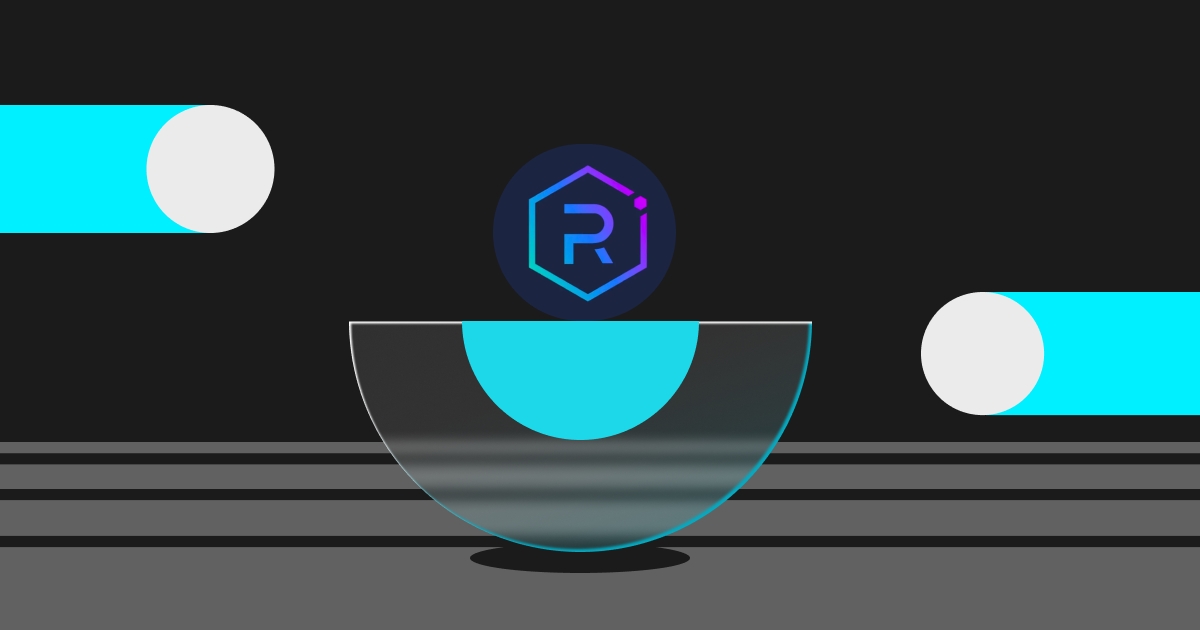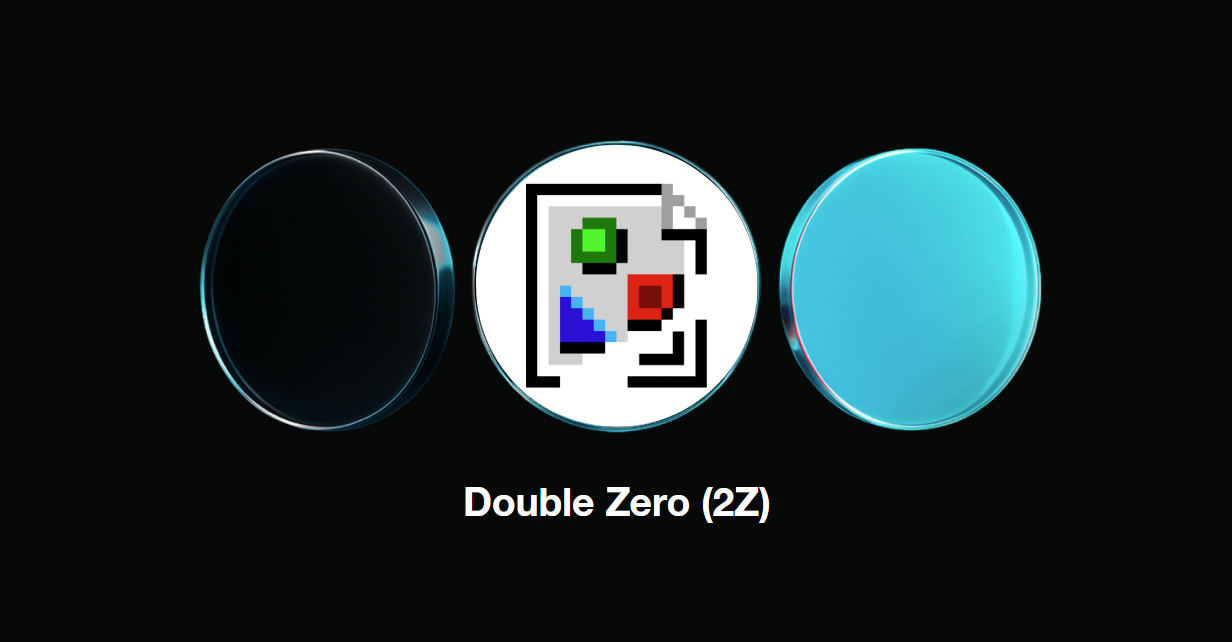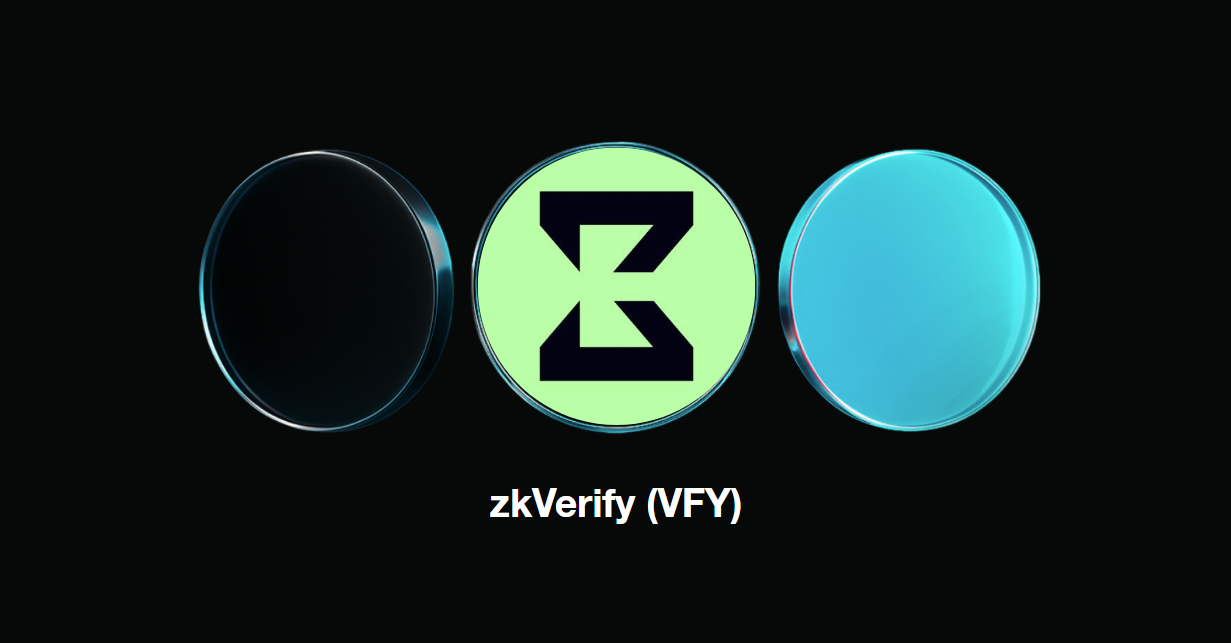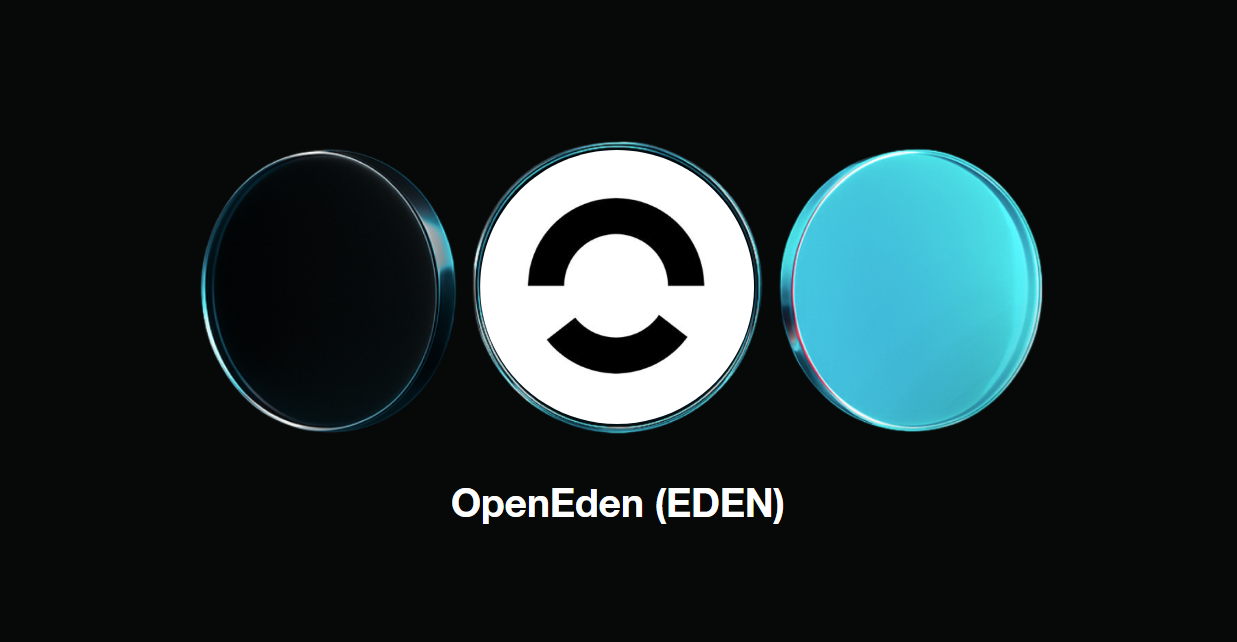
What is Raydium? Solana's Fastest DEX Explained
After recent price fluctuations, RAY, the Solana-based DEX token, surged about 30% on a technical breakout, with roughly $4.36 million in net inflows, indicating that capital is rotating back into Solana DeFi as sentiment improves.
In this guide, we’ll cover how Raydium’s smart routing works, what to expect in terms of fees and yields, key risks to consider, and simple ways to gain exposure, whether by trading RAY on Bitget or using the protocol directly.
What Is Raydium? How the Solana DEX Combines AMM and Order Books
Raydium is the leading decentralized exchange on Solana that combines automated market maker (AMM) pools with order book trading. Instead of choosing between pool-based swaps or traditional order books, Raydium gives you access to both, creating deeper liquidity and better prices than other DEXs.
Built on Solana, Raydium processes trades in seconds with fees under $0.01 - making it practical for both small swaps and large trades. For users interested in Solana DeFi, Bitget offers RAY token trading and access to the broader Solana ecosystem.
Why Choose Raydium Over Other DEXs?
Most decentralized exchanges force you to pick between AMM pools (like Uniswap) or order books (like traditional exchanges). Each has limitations - AMM pools can have high slippage, while order books need lots of active traders for good liquidity.
Raydium solves this by connecting to Solana's OpenBook protocol, giving you access to both Raydium's pools and all the liquidity in OpenBook's order books. When you trade, the platform automatically finds the best price across both systems.
What This Means:
● Trade 65,000+ transactions per second with sub-second confirmation
● Pay $0.01 per transaction vs $10-50 on Ethereum
● Get better prices through smart routing across pools and order books
● Access new token launches before they hit other exchanges
● Earn yields through liquidity provision and staking (pools currently offer 15-30% APY)
It's like having both a local market (AMM pools) and global marketplace (order books) with automatic price comparison.
What Can You Do on Raydium?
Token Swaps: Trade any Solana token with minimal slippage. Raydium's smart routing finds the best price in pools or order books. Popular pairs like SOL/USDC often execute better than centralized exchanges.
Liquidity Provision: Add tokens to pools and earn trading fees plus RAY rewards. Current popular pools offer 15-30% APY depending on the pair and market conditions. Bitget explains how liquidity provision works and potential returns.
New Project Access: LaunchLab and AcceleRaytor let you participate in token launches before they list elsewhere. Many Solana projects launch exclusively on Raydium first.
Concentrated Liquidity: Specify price ranges for your liquidity to earn higher fees when prices stay within your range. This approach can boost returns significantly but requires more active management.
Cross-Chain Trading: Swap between Solana and other blockchains like Ethereum, Polygon, and Avalanche directly through the platform.
RAY Staking: Stake RAY tokens to earn platform trading fees - currently offering competitive yields for holders who want passive income from Raydium's growth.
How Does Raydium's Hybrid Model Work?
Traditional AMMs create prices using mathematical formulas based on token ratios in pools. Order books match buyers and sellers at specific prices. Raydium combines both systems on Solana.
When you make a trade, Raydium's smart router checks prices in its own pools and OpenBook's order books, then executes wherever you get the best deal. This hybrid approach provides deeper liquidity than either system alone.
Example: You want to swap $10,000 worth of SOL for USDC. A pure AMM might have 2% slippage, while a small order book might not have enough liquidity. Raydium routes part of your trade through pools and part through order books, reducing your slippage to 0.5%.
The system works because Solana can handle the computational complexity of checking multiple liquidity sources in real-time, something that would be too expensive on slower blockchains.
Is Raydium Safe? 2025 Exploit, Security Updates, and Best Practices
| What You Get |
What You Risk |
| Fast trades (sub-second) |
Smart contract bugs |
| Low fees ($0.01) |
Impermanent loss for liquidity providers |
| Best price execution |
Raydium had security exploits in 2022 |
| Access to new token launches |
High volatility in farming rewards |
| Multiple earning opportunities |
Solana network outages affect trading |
Learning Curve: Moderate - easier than advanced DeFi but requires understanding liquidity pools, impermanent loss, and yield farming basics. Bitget's DeFi education covers these concepts.
Best For:
● Active traders who want fast, cheap transactions
● Solana ecosystem participants
● Liquidity providers seeking yields above 15%
● Users wanting access to new project launches
Consider Alternatives If:
● You prefer maximum security over features
● You're new to DeFi and want simpler platforms
● You primarily trade major tokens available everywhere
● You're uncomfortable with Solana's network stability history
How Popular is Raydium Actually?
Raydium consistently ranks as Solana's top DEX and often exceeds $1 billion in daily trading volume. The platform regularly outperforms major Ethereum DEXs in volume despite being on a smaller blockchain.
Current Stats:
● Over $2 million in total value locked (TVL)
● Consistently top 3 DEX globally by daily volume
● Hundreds of new projects launched through its launchpad
● Growing user base with increasing wallet connections
Why It Matters:
● High liquidity means better prices and lower slippage
● Active ecosystem attracts new projects and partnerships
● Strong trading volume indicates user trust and adoption
● Regular platform upgrades and security improvements
The platform has recovered from past security incidents and implemented stronger protections, though users should always consider smart contract risks in DeFi. Like other AMM platforms (Uniswap, SushiSwap), Raydium requires understanding concepts like impermanent loss before providing liquidity.
How Can You Get Started?
For Simple Exposure: Trade RAY tokens on Bitget to benefit from the platform's growth without using DeFi directly. This approach works well if you believe in Solana's ecosystem but want traditional trading.
For Direct Platform Use: Start with small token swaps (under $100) to experience the speed and cost benefits. Test basic features before committing larger amounts to liquidity provision.
For DeFi Learning: Bitget's Solana ecosystem coverage explains how Raydium fits into broader Solana DeFi. Understanding AMMs and impermanent loss is important before providing liquidity.
For Advanced Features: Once comfortable with basics, explore concentrated liquidity pools, yield farming, and new project launches. These require more knowledge but offer higher potential returns.
Getting Started Steps:
1. Learn DeFi basics through educational resources
2. Start with RAY token trading to understand price movements
3. Test small swaps on Raydium itself
4. Gradually explore liquidity provision and farming
Why Use Bitget for Raydium Exposure?
Bitget provides multiple ways to participate in Raydium's growth without needing deep DeFi knowledge. Trade RAY tokens, explore Solana ecosystem projects, and access educational content about AMMs and DEXs.
Platform Benefits:
● Direct RAY trading with competitive fees
● Futures trading for advanced strategies
● DeFi education covering AMM concepts
● Solana ecosystem coverage including Raydium developments
The platform bridges traditional crypto trading with DeFi innovation, providing tools for both simple exposure and advanced strategies.
What Should You Expect from Raydium?
Raydium represents the evolution of DEX technology - combining the best features of different trading systems while leveraging Solana's performance advantages. The platform continues adding features like cross-chain integration and improved user interfaces.
However, it's not without risks. DeFi platforms face smart contract vulnerabilities, regulatory uncertainty, and network dependency issues. Raydium has experienced security incidents in the past, though the team has responded with improved protections.
The platform's success depends on Solana's continued growth and adoption. As more projects build on Solana, Raydium benefits from increased trading volume and liquidity. But blockchain competition and potential technical issues could affect long-term performance.
Expect gradual improvements in user experience, security, and feature sets rather than revolutionary changes. The hybrid AMM/order book model works well and will likely be refined rather than replaced.
Is Raydium Worth Your Attention?
For users active in Solana DeFi, Raydium is practically essential. It offers the best combination of speed, cost, and liquidity available on Solana, plus access to new projects and earning opportunities.
For traditional crypto users, Raydium provides a glimpse into DeFi's future - fast, cheap, and feature-rich trading that makes current DEXs look outdated. Whether through direct platform use or RAY token exposure via Bitget , participating in Raydium's ecosystem offers exposure to Solana's DeFi growth.
The key question is whether Solana's advantages outweigh its risks for your use case. For many DeFi activities, the answer is increasingly yes, making Raydium a platform worth understanding and potentially using.



